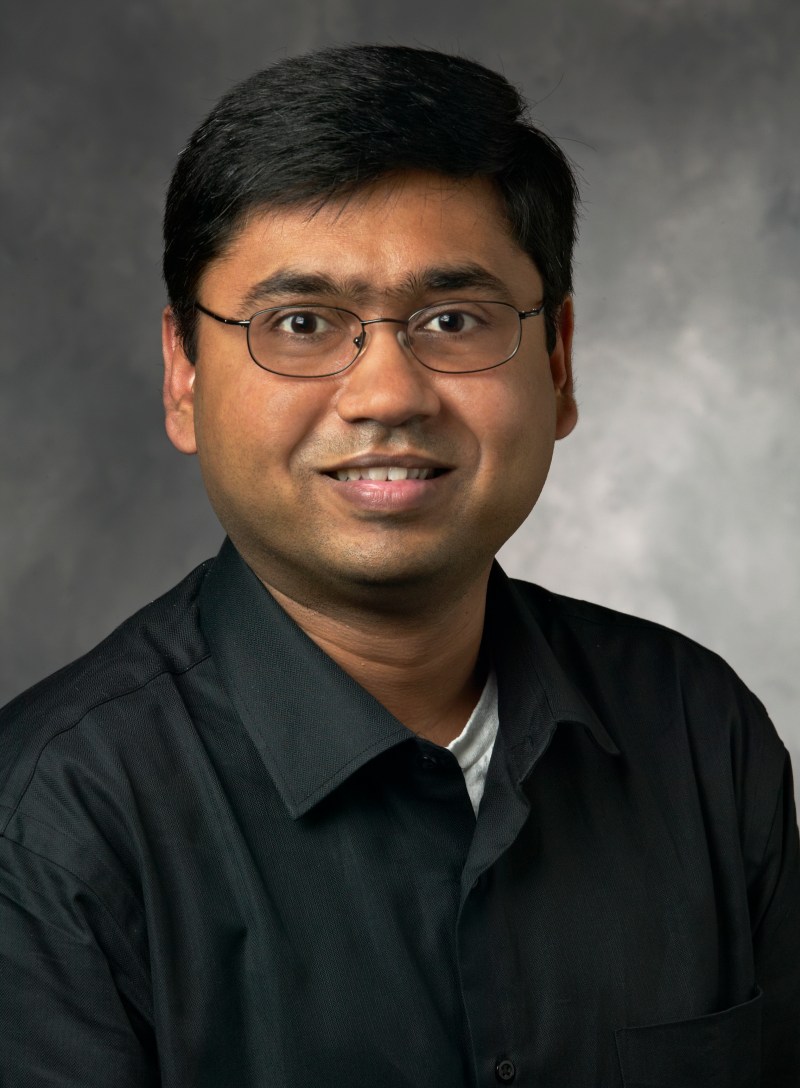A research team headed by two School of Medicine professors has developed a new method for tracking adverse drug interactions using queries from Internet search engines like Google and Bing. The team’s discovery offers an alternative to the Food and Drug Administration’s (FDA) Adverse Event Reporting System (AERS).
According to Nicholas Tatonetti M.S. ’12 Ph.D. ’12, a co-author of the study and a professor of biomedical informatics at Columbia University, AERS is unreliable and incomplete in monitoring drug-drug interactions. Tatonetti specifically alleged that AERS has “too much noise, too much bias and lots of missing points.”

He predicted that search logs will eventually become the “greatest resource” in monitoring drug safety, since they collect data from millions of patients reporting how they feel in a “completely honest fashion.”
“There’s no clinician or physician or drug company filtering results before they become available for research. It’s a person at their computer, trying to explain how they feel,” Tatonetti said. “That honest info is much more powerful than anything that the FDA or some drug company could collect about a drug.”
Tatonetti and Russ Altman Ph.D. ’89 M.D. ’90, a co-author and professor of bioengineering, genetics and medicine, had collaborated on a previous study examining the interaction between paroxetine, an antidepressant, and pravastatin, a statin, using data from AERS.
The study reported that when taken together, the drugs could cause hyperglycemia. Altman and Tatonetti validated this finding through a mouse model and an analysis of electronic records from hospitals around the country.
The discovery prompted the researchers to investigate other ways to track drug-drug interactions, something they discussed with Eric Horvitz Ph.D. ’91 M.D. ’94, a co-author and the director of Microsoft Research Redmond, at the 2011 retreat for Stanford’s graduate program in biomedical informatics.
“We were literally sitting around a campfire, wondering, ‘Could we have seen this in Internet search logs?’” reflected Nigam Shah, a co-author and a professor of medicine.
Horvitz, who was a keynote speaker at the conference, brought the idea back to his colleagues at Microsoft. They immediately “began pursuing methods and techniques that might let us turn the web into a sensor network for public health.”
A new research team was formed to conduct a second study, using 82 million search queries from over six million unique users to examine whether or not users who searched both “paroxetine” and “pravastatin” were also likely to search for “hyperglycemia” or any of its symptoms. The search queries were obtained from Microsoft, who had gained permission from some Internet Explorer users to record searches on Bing, Google and Yahoo.
While the researchers knew of the adverse interaction between paroxetine and pravastatin, they were unsure of whether or not this would be reflected in the search logs.
“This is noisy information in that people can search on drugs for all sorts of things,” Horvitz said. “There could be a lot of false positives and false negatives for diagnosing the people taking these drugs. In the large-scale analyses, you hope that the signal can wash over the noise and still impart some significant information.”
The researchers did ultimately find significant information, with one of 10 users who searched for “paroxetine” and “pravastatin” also searching for “hyperglycemia” or one of its symptoms. By comparison, only one of 20 users who searched for “paroxetine” or “pravastatin” alone searched for “hyperglycemia” or its symptoms.
Shah suggested that the team test 62 other pairings of drugs, half of which are known to cause hyperglycemia. The method of tracking search queries was successful 81 percent of the time in predicting whether or not a drug pairing would cause hyperglycemia.
Tatonetti said that he was not surprised by the method’s high success rate, noting that online searches for health concerns are very common.
“It’s exactly what people do online when they feel sick — they type in search terms, and they’re looking for any kind of explanation of why they have these effects,” Tatonetti said. “Sometimes people also search for the drugs they are on, because their doctor prescribed them, and they’re wondering if will it make them grow warts on their head or something.”
However, Tatonetti said that convincing the FDA to use the search log method has been “slow going.”
“A lot of what the government does is a traditional analysis — they haven’t been too open to adopting new approaches,” Tatonetti said. “We are constantly lobbying the FDA and talking to our friends at the FDA and get them to use the new approaches.”
While the research team has not yet been successful in convincing the FDA to incorporate search log results into their analysis of drug safety, they plan to apply the search logs method to various other medical drugs and devices.
Horvitz has already used search logs on several healthcare-related projects and collaborated with Ryen White, a co-author and a senior researcher at Microsoft Research Redmond, and Robert West, a Ph.D. candidate in the department of the computer science, on a new study using web search results to gather insights on users’ dietary patterns based on what recipes they downloaded online.
“The paper is all about looking at public health issues by looking at downloading recipes as a proxy for shifts in food preferences over time,” he said. “We are looking broadly at the web as a sensor network.”
A study detailing the team’s results was published in the Journal of the American Medical Informatics Association on March 6.
